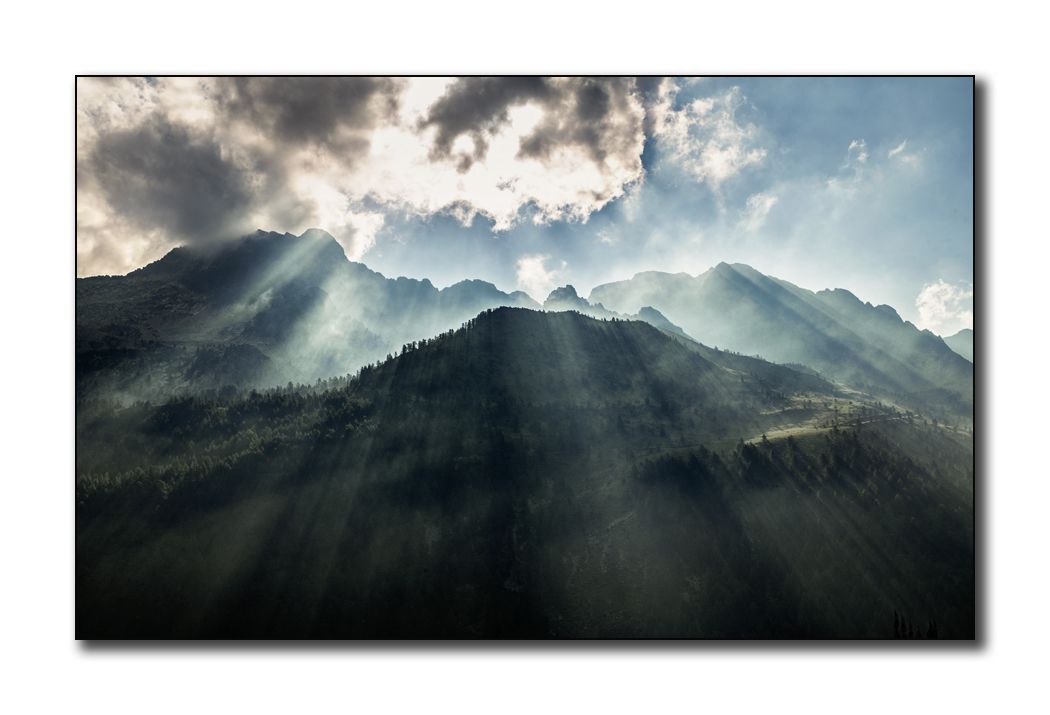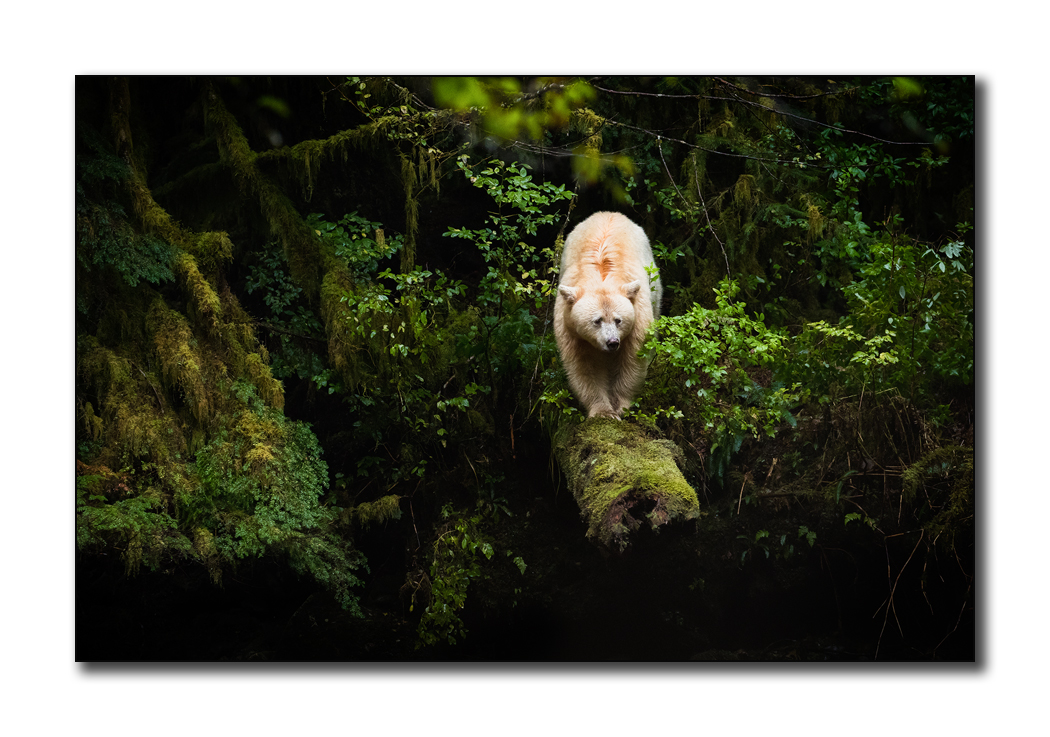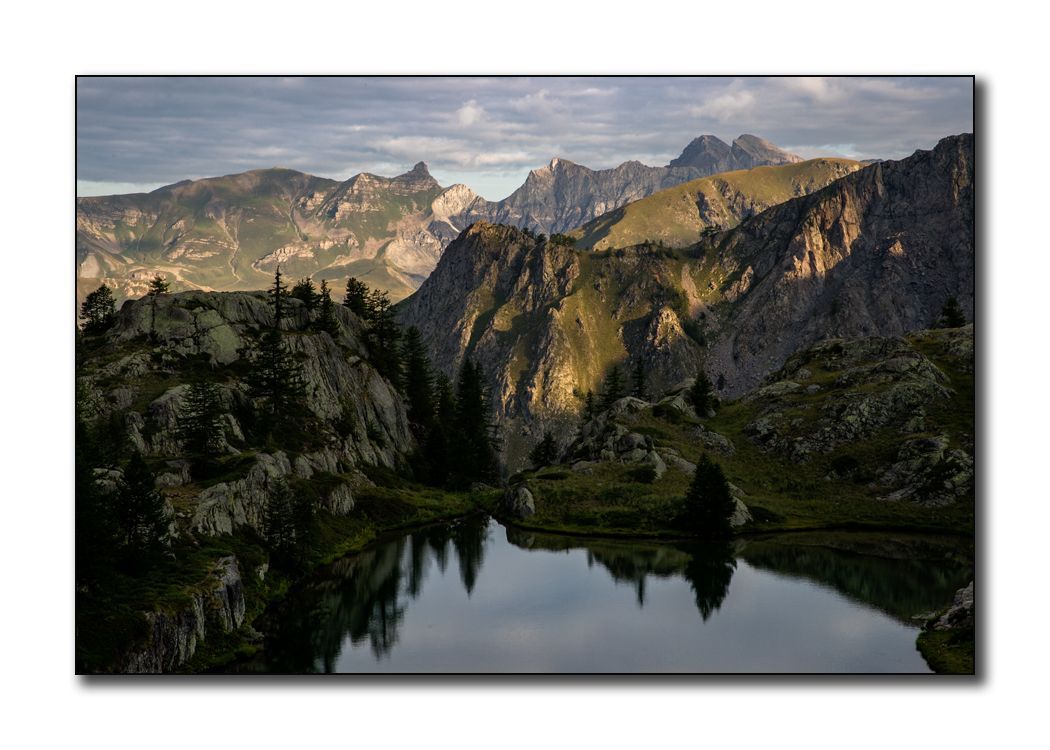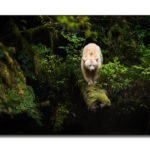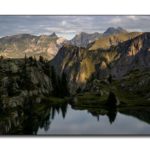Emmanuel Juppeaux is an independent photographer. Equipped with his camera, he completed the Great Mercantour Crossing in 16 days, covering nearly 230 kilometers. Some of his shots will be published in a special Mercantour issue of the magazine Terre Sauvage. In November, he will exhibit around twenty photos at the Lympia Gallery in the port of Nice. A nature lover and biodiversity defender, this image hunter shares his experience and his approach to photography.
How did photography become a part of your life?
The person I consider to be my mentor worked at Canal 40, the press agency of the time in Nice. There were few constraints, and budgets were more substantial in those years. He was a photographer there, which opened doors for me. The technical constraints were completely different from today’s, and I had access to the equipment I wanted. The only thing I had to do was take photos and develop them. It cost me nothing, and I could spend a lot of time there. The day Canal 40 closed, my mentor left, and I found myself a bit orphaned of this passion. When I saw the price of a box of paper or an enlarger, I realized I couldn’t afford to continue. I put all that on hold until the day digital came along. Many photographers criticize digital because the transition from film reduced their activity. I find it beneficial; it gave many people the chance to express themselves. Before, one could talk about an elite; photography was reserved for people with means and knowledge.
Thanks to that, photography came back into my life. I went to South America and just had to take my camera with me. Gradually, I made it my profession.
You love nature photography, but have you also worked for the press?
It’s a matter of meeting people. I was working in a mountain shop in Nice, taking travel photos that I “displayed.” Someone noticed these photos and offered me the chance to do press photography. I knew nothing about it, but I accepted. I became a correspondent for Relaxnews in the south, and for magazines like L’Express, Le Point, or Le Parisien. Some time later, I was asked to do a portrait of a perfumer who had started her business. I never used to include people in my images back then. In the end, it went very well. That’s how I started, and then everything followed naturally.
It must have been difficult to transition from travel photography to press portraits?
Initially, I was taking photos of nature and landscapes, so it was indeed a challenge to find myself doing press photography. It wasn’t my favorite subject. However, I like meeting people and exchanging with them, so it happened quite naturally. It even became a real pleasure. We’re in a period where press photography is struggling; I used to work five to six times a week versus once or twice a month today. I miss it.
Four years ago, I met someone who works a lot for Terre Sauvage magazine as an author. She gave me the opportunity to collaborate with them and travel to Queyras or Claret. It allowed me to align my professional trajectory with my personal one, and my little passion, which is nature.
Are there two different approaches between meeting someone, photographing them, and the solitude that accompanies a project like the Great Mercantour Crossing?
I really enjoy the exchange, regardless of its outcome. At the same time, I need to find myself alone behind my camera, lost in nature, thinking of nothing but myself and what I’m absorbing. However, I find it very important to share these shots. I’m convinced that there are many things we don’t see, beyond the big names in photography, very talented people keeping their images to themselves. It’s understandable because showing requires energy, and creating an exhibition requires money. In my case, all my profits go into it.
I take the example of a bear I photographed. Its peculiarity is it has a recessive gene in its genotype that gives it a white coat, even though it belongs to the black bear species. This feature occurs only once every ten births. On the islands off the west coast of Canada, there are 4,000 individuals with no contact with mainland bears, so the gene expresses more frequently. I had a hard time getting there to see and photograph them. When I finally did, I could have kept it to myself, but I chose to share it intelligently. I showed this photo at festivals and was able to engage with visitors and teach them something. It was truly an awareness-raising effort.
But when you spend 16 days in nature, what changes in your approach to capturing an image?
In fact, I go out with my camera, and I’m completely alone. Alone because I’m exploring the Mercantour, a place I’ve cherished since discovering my love for the mountains. Several times I’ve thought I should stay there longer to do an honest job. Even the Great Crossing wasn’t extreme enough for me. I had to pass through refuges and follow the path as it’s communicated to the public. I wanted something wilder, more immersive. However, I really wanted to undertake this project alone to have time to reflect. Regarding the photography itself, there’s a unique light in the mountains that I’m interested in.
Looking at your landscapes, one realizes there’s a certain poetry, even melancholy. The composition is meaningful.
I’ll give an example. In a photo, you can see clouds passing and letting sunlight filter through to create shapes. I see it as a drapery descending along the mountain, and that’s when I snap the shot. I can stay in the same place for two hours waiting for a moment like that. The challenge is you can’t control a cloud like you can stage a portrait. One thing is for sure; I also felt this while photographing the bears. A balance between fragility and a relatively preserved ecosystem. The bear is both threatened and peaceful, with a certain solitude in its gaze. It doesn’t care what a shopping mall means; it lives an austere life like a hermit deep in the mountains. It shares similarities in its way of experiencing nature, a sentiment I also feel. That’s why I can sometimes be very exuberant and sometimes seek solitude.
What do you take away from this journey in the Mercantour?
It is a place that seems vast when you look at the numbers, yet you can cross it in a day by car. It represents a speck when you consider where the park is located, in the middle of an area encroached upon from all sides. What’s left, you think: “it’s not much in the end,” and that’s what makes it so fragile and beautiful. The question arises as to whether it has become an open zoo or if it’s truly a place of preservation that won’t disappear. I couldn’t answer that question, but I found real richness.
But the ultra-wildness I observed in British Columbia, for example, isn’t found in the Mercantour. You can feel that it’s a tongue of land surrounded by the bold and massive encroachments of civilization on all sides. I’m not speaking of Isola, which is a completely delusional incursion in such an environment, right in the heart of the park. It’s the only resort that was created through political lobbying. Yes, it’s a fragile area, and the word doesn’t suffice.
My starting point was to wonder what wildness is left in the Mercantour. I wanted to reveal the mysterious, not make this crossing a postcard. The Mercantour is generally facing a public disfavor because the buffer zone creates barriers and an inability to do things. We’re starting to understand that repression doesn’t work indefinitely and that not everything should be prohibited. Regulation should aim to preserve this environment, but it shouldn’t lead to a withdrawal and instead prefer dialogue with those who live there. Otherwise, we end up with untouched areas where nobody can set foot.
This Great Crossing is a communication tool, and I couldn’t do exactly what I wanted. I tried to tackle the subject a little differently, and the exhibition will show more troubled photos, a cloud, a veil, or a shadow. I’d like people to see this little mysterious side when talking about wildness, the wildness that might be frightening.
What role can an image play as a language to raise awareness about this natural environment?
The Mercantour Park has a real educational role to play, and communicating through images is very important. We are no longer in the era of text, unfortunately. If an image doesn’t accompany the words, no one sees the message. If you catch a visual, people will read the impactful text. It’s great that the park organizes exhibitions and that a film is being made for the 40th anniversary.
The gateway today is the image. When you see the success of an app like Instagram, or other platforms, it’s inevitable that part of the population is left behind. We’ve been educated like that; it’s not the text that prompts someone to buy a product, but the photo of the product, often with a lot of staging. We could educate the younger generation to a more qualitative, more poetic writing style, without necessarily eliminating the image. All possibilities are then open.

